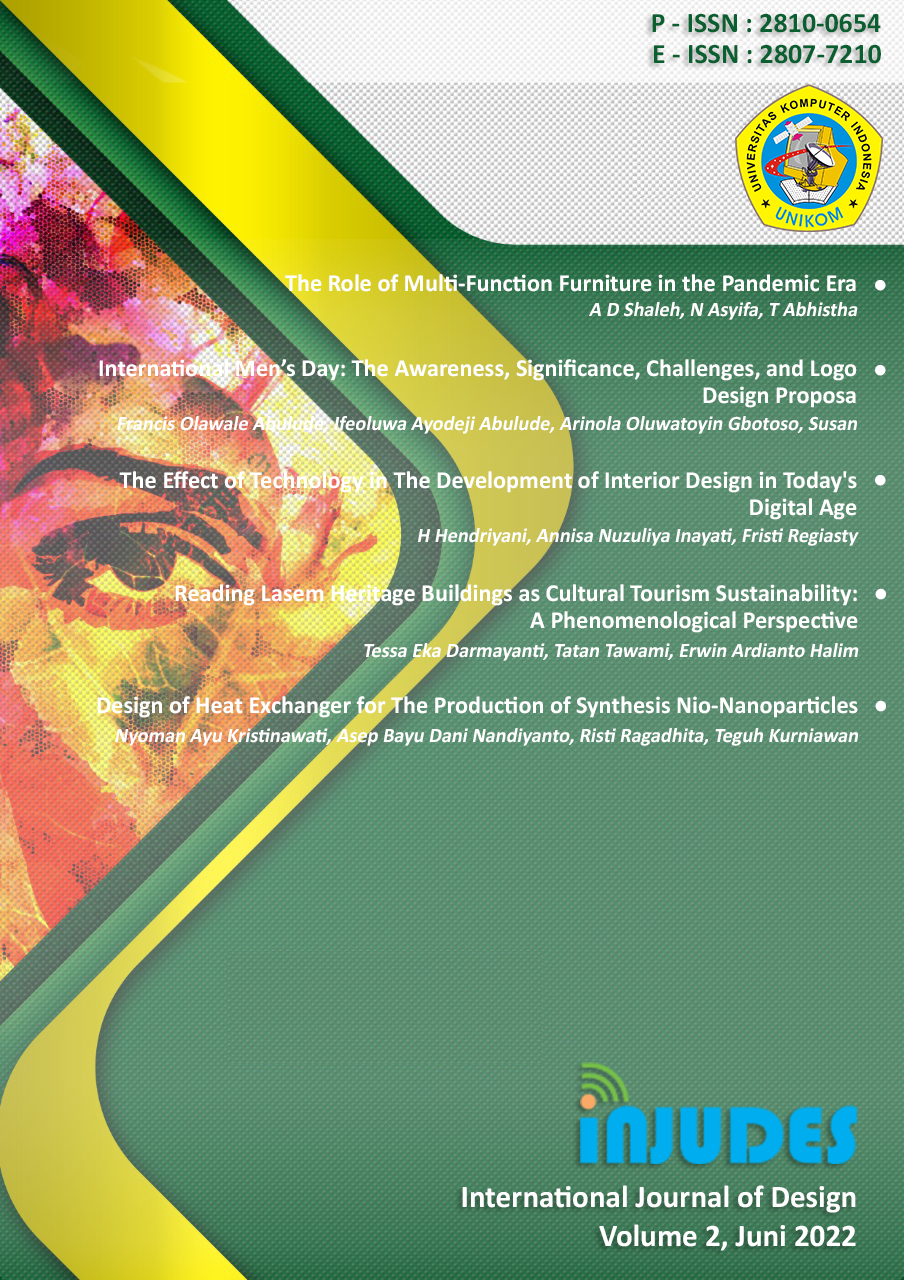The Effect of Technology in The Development of Interior Design in Today's Digital Age
DOI:
https://doi.org/10.34010/injudes.v2i0.7341Keywords:
Interior Design, Digital, Designer, SoftwareAbstract
In the digital era, technology is increasingly developing, affecting the development of science and various other aspects. The development of digital technology can have a big influence in the field of interior design, both in the field of education and the profession to help create works. In the digital era, manual methods are now being replaced by technology, even though the fact is that there are still some designers who use manual methods in creating their work. The purpose of this paper is to find out what are the effects of technology in the development of interior design in today's digital era. The method used in writing is a literature study, by conducting research from the related literature. From the results of the literature study, it can be concluded that digital technology has an effect on making it easier to make the interior design process as well as assisting in adaptability for the future. This paper discusses how the influence of technology in the development of interior design in the current digital era, both in the field of education and the profession. Technology in the development of interior design in the digital era now greatly influences a designer in helping to create works more easily and efficiently.



